Going Mad in Hollywood: And Life with Lindsay Anderson
£3.40
David Sherwin was Lindsay Anderson’s closest collaborator in Hollywood. This book offers an affectionate insight into the character of Anderson, one of the greatest figures in post-war British film and theatre.
Read more
Additional information
| Publisher | Penguin, New edition (24 April 1997) |
|---|---|
| Language | English |
| Paperback | 304 pages |
| ISBN-10 | 0140263853 |
| ISBN-13 | 978-0140263855 |
| Dimensions | 12.8 x 2 x 19.8 cm |


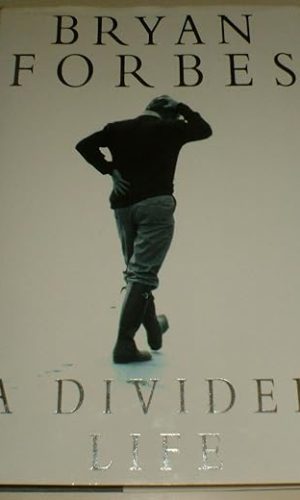
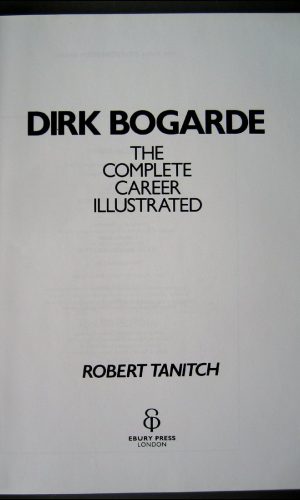
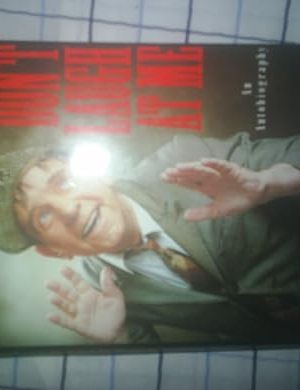
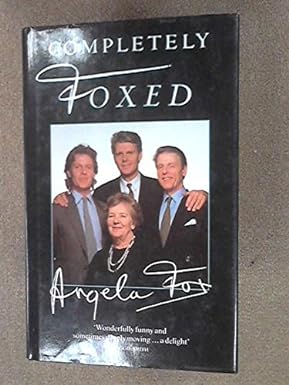

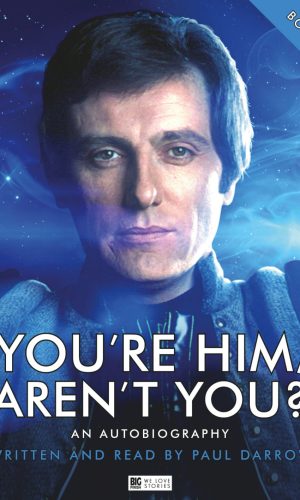
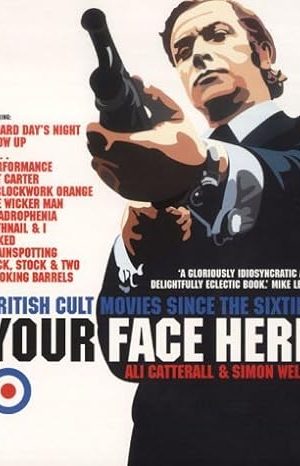
by Jon Plowman
This is a terrific evocation of a brilliant film writer and director for whoM David wrote the terrific trilogy that is “If….”, “O Lucky Man” and “Brittania Hospital”!. Its a terrific evocation of the nightmare that is getting films written and made and a great memoir of Lindsay Anderson a brilliant director of theatre and screen and a leader of the British film industry . It’s written as a diary
by Siriam
I have great admiration for Lindsay Anderson as one of the true spirits of a British Cinema versus the Hollywood cloning of a David Putnam or John Schlesinger. Sherwin was his great counterpart writing the screenplays for his trilogy of “If….”; “O Lucky Man” and “Britannia Hospital” which alone would give him a place at the table in the history of British Cinema in my eyes.
What becomes clear from this book is that despite many different involvements over the years with other people in the film industry in the USA and UK, Sherwin has not achieved anything as memorable or successful outside that early working relationship. The book is written in a dairies format and so you get lots of flashes and quick quips but little in depth analysis or details. Having read it once I fear it has gone onto my charity bookshop donation pile!
by gustavus
The screenwriter of “If…”, “O Lucky Man!” and “Britannia Hospital”, David Sherwin has had precious little luck in the film game outside those three brilliant Lindsay Anderson movies – his only other scripting credit (the most recent, thirty years ago) was on a TV movie with Brooke Shields. This 1996 book describes how, as a student in his teens, Sherwin collaborated with John Howlett (who seems to have had even less luck) on the first draft of “If…” (it was called “Crusaders”, then), and, with an insane optimism born of impossible innocence, hawked it around for years until Anderson latched onto it. Realising he had met an ideal collaborator, Anderson stuck with Sherwin, and the team also attempted a number of other projects, and were still trying to get ideas off the ground at the time of Anderson’s sudden death in 1994. This book is as much about Anderson as it is Sherwin, and his death brings it to a close. It’s all terribly interesting – the trouble is, how much of it can be believed? There are astoundingly numerous – and obvious – factual errors, and, although the book is presented as a series of diary entries, it can’t possibly really be that. The mistakes start on the very first page, which presents Sherwin as an 18-year-old student at Oxford in May, 1960 – but he was born in February, 1942, as we are told a few pages later, and Oxford terms start in October, not May, so he was thus too young then to become an undergraduate. He might, just possibly, have squeezed in early, had he been a certifiable boy genius, but, as he fails his exams and is asked to leave (also in May, we’re told – no, that would have been in July or August), he can’t have been. In December, 1962, he tells us, he met the director Nicholas Ray, who asked him to become his assistant on his next film, “55 Days At Peking”, but that film was in the can by then (Ray had been fired from it the previous September). In October, 1965, he happens upon the Oxford location filming of Joseph Losey’s “Accident”, around a year before it actually took place, and in the summer of 1966, Seth Holt tells him he is about to start directing Bette Davis in “The Nanny”, a film which had opened in London cinemas the previous autumn. With clangers like these coming at us thick and fast from the outset (all of them presumably unnoticed by Sherwin’s editor, Charles Drazin, who nowadays likes to present himself as a film historian), one cannot have too much confidence in the accuracy of the book. A pity, for it deals with the creation of some major British films, presents a detailed portrait of a major director (although Anderson yet again seems an arrogant monster) and, on the sidelines, offers amusing and often scabrous portraits of famous movie people – Sherwin’s accounts of Jon Voight and Mia Farrow are all too horribly believable. Sherwin does not depict himself flatteringly – he comes across as a hopelessly impractical pseudo-romantic and drunk – and one can only sympathise with him, having expended his life on dozens, if not hundreds, of film projects which got nowhere, and did not even pay him very much in all too many cases. But, whilst his memoirs are extremely readable, it’s not a book you can trust.